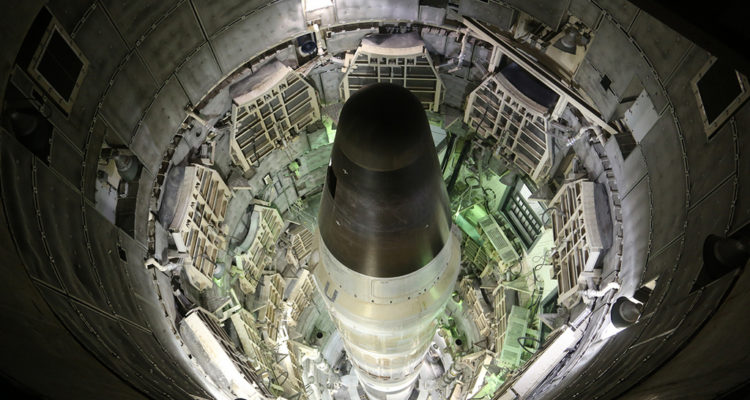ART FORUM – AS WHITE-KNUCKLE SUSPENSEFUL as any movie you are likely to see this year, Robert Kenner’sCommand and Control is a documentary about a nuclear near-disaster that occurred in 1980 at the Titan II missile complex in Damascus, Arkansas. Masterfully constructed, the film is a nuclear-arsenal procedural that takes us step by step through the chaos that ensued when an accidentally dropped socket during a routine inspection punctured the missile’s casing, causing a fuel leak, which led to a massive fire and explosion in the facility. What followed this initial “human error” was a desperate attempt by Air Force personnel at all levels, weapons designers, and first-responders (most of them in conflict with one another and none of them with a clear strategy) to avert the detonation of the Titan II warhead.
Six-hundred times more powerful than the atomic bomb the US dropped on Hiroshima, the warhead could have leveled the state of Arkansas and blanketed the US with radioactive fallout from coast to coast. ButCommand and Control is not only a terrifying narrative about a disaster that did not come to pass—although one person died and many were left scarred psychologically, some physically—it is a cautionary tale for the present and future. The Titan II has been decommissioned, but seven thousand nuclear weapons are in place throughout the United States, vulnerable to unforeseen accidents that continue to occur and to a new wrinkle: Hackers could break into their systems and take command and control.
